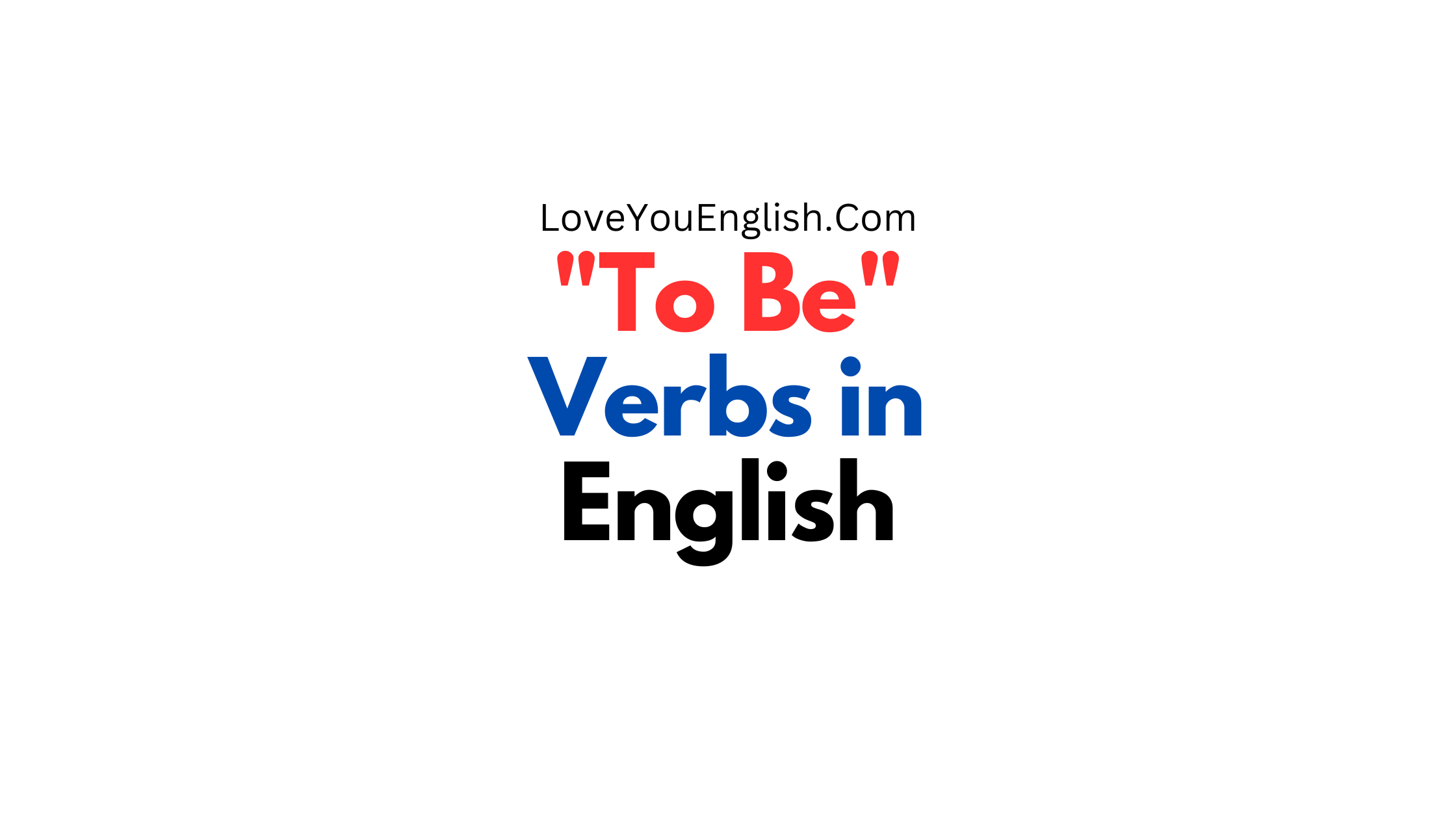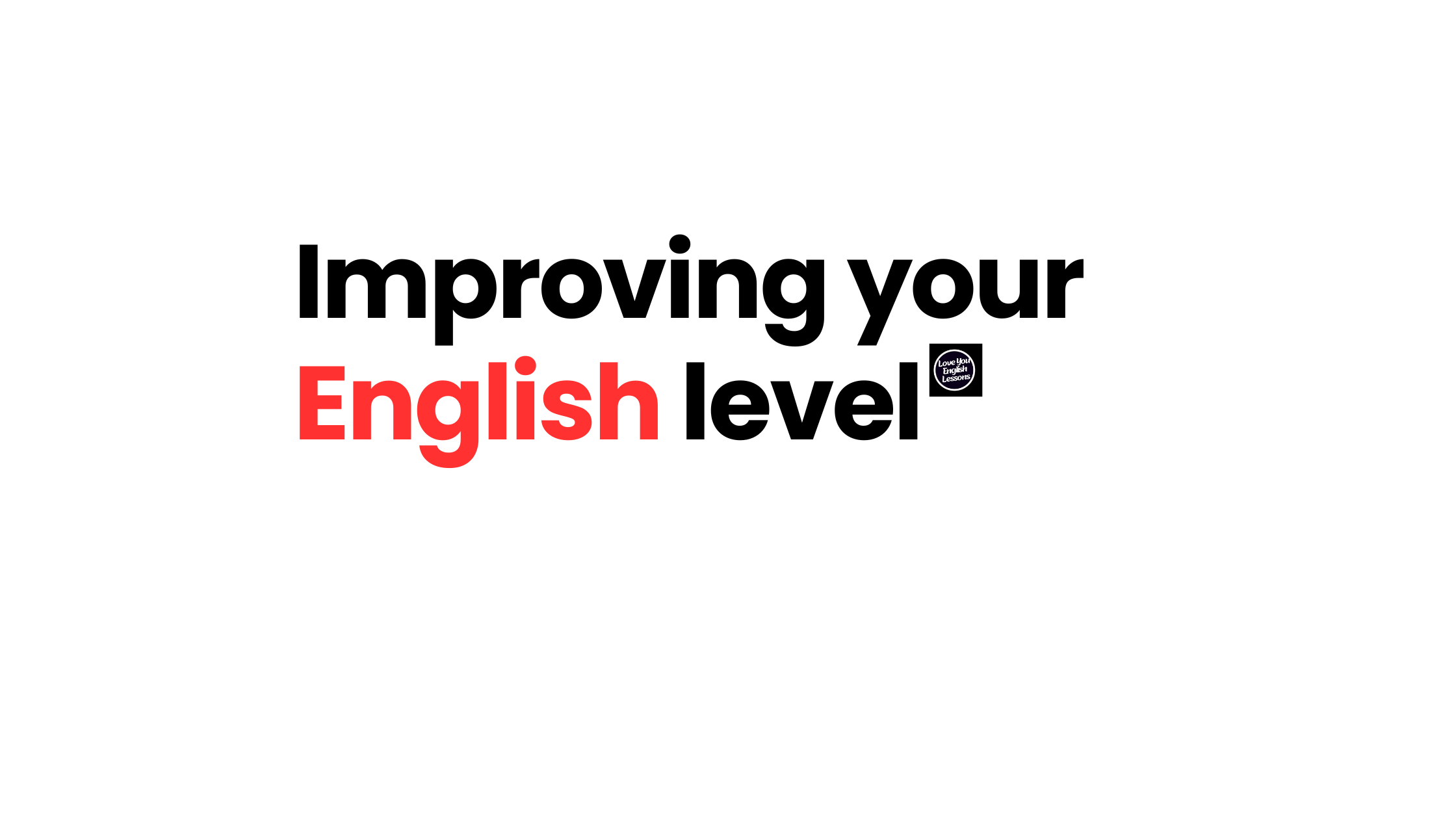Have you ever stopped to think about the words you use every day?
Some of the most common words in the English language are so familiar that we hardly notice them.
Yet, they’re the building blocks of almost every sentence we speak or write.
I’m talking about “to be” verbs—those little powerhouses that do a lot of heavy lifting in our language.
In this post, we’re going to dive into the world of “to be” verbs.
Don’t worry; it won’t be a dry grammar lesson! Instead, we’ll explore these verbs in a fun, easy-to-understand way.
By the end, you’ll see just how magical these simple words can be.
What Are “To Be” Verbs?
Let’s start with the basics.
What exactly are “to be” verbs?
They’re a special group of verbs in English that help us describe states of being or existence.
In other words, they tell us how something is, what something is, or that something exists.
The main “to be” verbs in English are:
- am
- is
- are
- was
- were
- be
- been
- being
You might be thinking, “That’s it?
Just those eight words?” Yes, that’s right!
These eight little words are workhorses of the English language.
They appear in countless sentences and serve many functions.
Let’s look at some of these functions now.
Describing States of Being
The primary job of “to be” verbs is to describe how something or someone is at a particular moment.
They link a subject (a person, place, or thing) with a word that describes its state or condition.
This word can be an adjective, a noun, or a prepositional phrase.
Examples:
- The sky is blue. (adjective)
- My sister is a doctor. (noun)
- The cat is on the mat. (prepositional phrase)
In each of these sentences, the “to be” verb (is) connects the subject (sky, sister, cat) with a word or phrase that tells us something about its state or identity.
Forming Progressive Tenses
Another essential role of “to be” verbs is to help form progressive tenses.
Progressive tenses show that an action is ongoing or in progress.
To create a progressive tense, we use a “to be” verb followed by a verb ending in -ing.
Examples:
- I am reading a book. (present progressive)
- She was watching TV when I called. (past progressive)
- They will be traveling next week. (future progressive)
In each case, the “to be” verb (am, was, will be) works with the -ing verb (reading, watching, traveling) to show that the action is happening over a period of time.
Creating Passive Voice
“To be” verbs are also key players in forming the passive voice.
In passive voice sentences, the subject receives the action of the verb, rather than doing the action.
We create passive voice by using a “to be” verb followed by the past participle of another verb.
Examples:
- The novel was written by J.K. Rowling. (past passive)
- The cake is baked fresh daily. (present passive)
- The project will be completed by Friday. (future passive)
Here, the “to be” verbs (was, is, will be) work with past participles (written, baked, completed) to show that the subject is being acted upon.
Expressing Existence
Sometimes, we just want to say that something exists or is present in a certain place.
“To be” verbs are perfect for this job, especially when paired with the word “there.”
Examples:
- There are cookies in the jar.
- There was a thunderstorm last night.
- There will be a party on Saturday.
In these sentences, the “to be” verbs (are, was, will be) simply state that something exists or will exist.
The Many Forms of “To Be”
One tricky thing about “to be” verbs is that they change form more than any other verb in English.
Most verbs only change a bit to show different tenses or to match different subjects. But “to be” verbs are unique—each one has its own special forms.
Let’s look at the present tense forms:
- I am happy.
- You are kind.
- He/She/It is tall.
- We are friends.
- They are late.
See how “to be” changes from am to are to is? No other verb does this!
This is why “to be” verbs are called “irregular verbs.”
In the past tense, we have two forms:
- I/He/She/It was here yesterday.
- You/We/They were here yesterday.
And in other forms:
- Infinitive: to be (I want to be a pilot.)
- Present participle: being (He is being honest.)
- Past participle: been (She has been to Paris.)
Each form serves a specific purpose, helping us express time, person, and number accurately.
“To Be” in Questions and Negatives
“To be” verbs also make it super easy to form questions and negative statements in English.
Unlike other verbs that need helper words like “do” or “does,” “to be” verbs can do the job on their own.
For questions, we simply move the “to be” verb to the beginning of the sentence:
- Statement: She is happy.
- Question: Is she happy?
Similarly:
- You are ready. → Are you ready?
- They were late. → Were they late?
For negatives, we just add “not” after the “to be” verb:
- Statement: I am tired.
- Negative: I am not tired.
Other examples:
- He is smart. → He is not smart.
- We were busy. → We were not busy.
This simplicity makes “to be” verbs incredibly useful for asking questions and making denials or contradictions.
Contractions with “To Be”
In everyday speech and informal writing, we often shorten “to be” verbs by combining them with pronouns or with “not.”
These shortened forms are called contractions. They make our language faster and more fluid.
Common contractions with pronouns:
- I am → I’m
- You are → You’re
- He is → He’s
- She is → She’s
- It is → It’s
- We are → We’re
- They are → They’re
Contractions with “not”:
- is not → isn’t
- are not → aren’t
- was not → wasn’t
- were not → weren’t
For example:
- “I’m going to the store” is quicker to say than “I am going to the store.”
- “She isn’t home” flows better than “She is not home.”
These contractions are a big part of natural, conversational English.
“To Be” Verbs in Idioms and Expressions
The simplicity and versatility of “to be” verbs make them perfect for idiomatic expressions.
These are phrases whose meaning can’t be understood just by looking at the individual words.
English has tons of idioms using “to be” verbs.
Here are some popular ones:
- “I am all ears.” (I’m listening attentively.)
- “You are what you eat.” (Your health reflects your food choices.)
- “That is a piece of cake.” (That task is very easy.)
- “We were born yesterday.” (We’re not naive or easily fooled.)
- “They are in the same boat.” (They’re in the same difficult situation.)
Each of these expressions uses a “to be” verb to create a vivid, memorable phrase.
These idioms add color and personality to the language.
The Debate Over “To Be” Verbs
Interestingly, some writers and teachers advise using fewer “to be” verbs in your writing.
They argue that overusing these verbs can make your language dull or passive.
For example:
- Weak: The movie was boring.
- Stronger: The movie bored me to tears.
- Weak: She is a fast runner.
- Stronger: She runs like the wind.
The idea is that replacing “to be” verbs with more descriptive verbs can make your writing more vivid and engaging.
This advice has some merit—varied verb choices can indeed enliven your language.
However, this doesn’t mean “to be” verbs are bad! They’re essential for clear, direct communication.
The key is balance. Use “to be” verbs for straightforward statements and states of being.
Use more colorful verbs when you want to paint a picture or evoke emotion.
Common Mistakes with “To Be” Verbs
Even though “to be” verbs are simple, they can still trip us up sometimes.
Here are some common errors to watch out for:
Subject-Verb Agreement : The most frequent mistake is not matching the verb to the subject:
- Wrong: The students is learning English.
- Right: The students are learning English.
Remember: use “is” for singular subjects (he, she, it) and “are” for plural subjects (we, you, they).
Using “Been” Without “Have/Has” “Been” is a past participle, so it needs a helper verb:
- Wrong: I been to Paris.
- Right: I have been to Paris.
Confusing “Its” and “It’s” This isn’t strictly a verb issue, but it involves a “to be” contraction:
- “Its” (without apostrophe) is possessive: The cat licked its paw.
- “It’s” (with apostrophe) means “it is”: It’s raining outside.
Double Negatives In English, two negatives make a positive, so be careful with “not”:
- Wrong: I am not never late.
- Right: I am never late. OR I am not ever late.
Paying attention to these points will help you use “to be” verbs correctly.
Wrapping Up: The Power of Being
We’ve taken quite a journey through the world of “to be” verbs!
We’ve seen that these tiny words—am, is, are, was, were, be, been, being—are nothing short of magical.
Despite their simplicity, they perform a wide array of functions:
- They describe states of being, telling us how things are.
- They help form progressive tenses, showing ongoing actions.
- They create passive voice, shifting our perspective on actions.
- They express existence, stating what is or isn’t.
We’ve also seen that “to be” verbs are unique in English.
They have more forms than any other verb, changing to match different subjects and tenses.
This irregularity might seem like a headache, but it actually gives us more precision in our language.
Moreover, “to be” verbs shine in forming questions and negatives.
By simply moving the verb or adding “not,” we can turn any statement into a query or a denial.
In conversation, we often contract these verbs, making our speech faster and more natural.
The simplicity of “to be” verbs also makes them perfect for idioms.
Phrases like “She is over the moon” or “That is a dark horse” use these basic verbs to express complex ideas vividly.
Some writers caution against overusing “to be” verbs, suggesting they can make language dull.
There’s some truth to this—varying your verbs can add color to your writing.
But “to be” verbs aren’t the enemy.
They’re essential for clear, direct communication. The key is balance.
We’ve also had some fun with “to be” verbs, using them in games, songs, and creative writing.
These activities show that even in play, these verbs are central to how we express ourselves.
So next time you use a “to be” verb—which, given how common they are, will probably be in your next sentence—take a moment to appreciate it.






